Seamanship: Reefing the headsail - preferably with furling system or line reefing?
Hauke Schmidt
· 23.10.2024
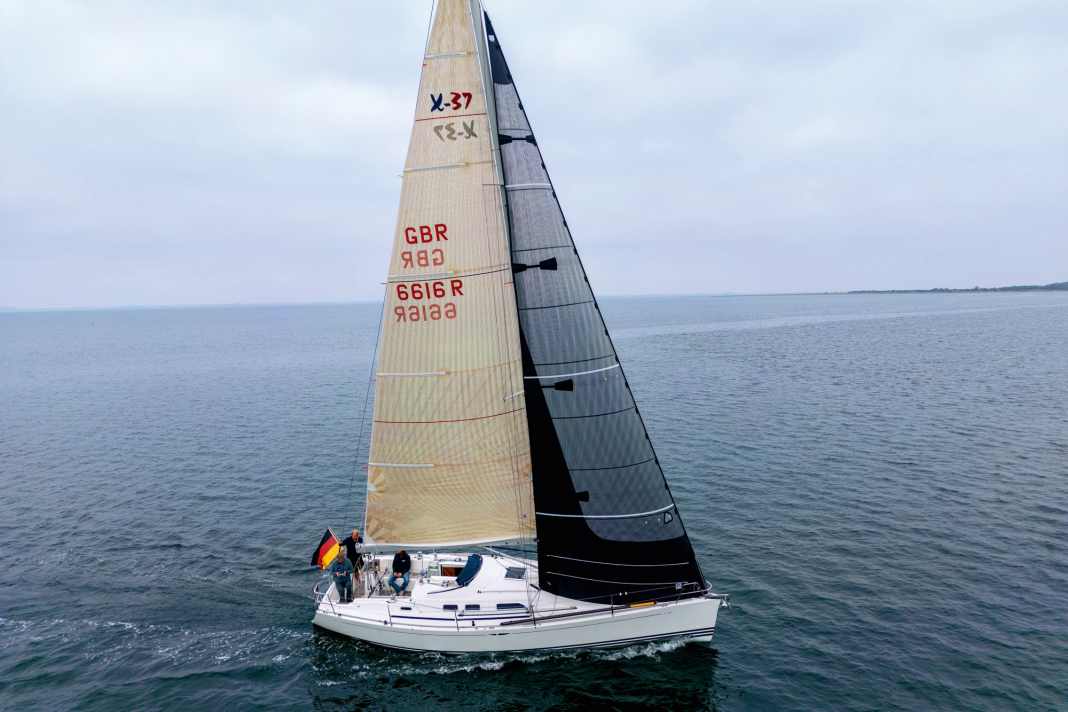



Furlex and Co. are extremely convenient. You simply pull the sheet to set the headsail, and when it is no longer needed, it is just as quickly furled away again without taking up any space on the foredeck. So it's no wonder that almost every cruising yacht and the majority of performance cruisers like our X-37 are equipped with furling systems. In our case, both the sails and the furling system had seen better days and needed to be replaced. Time to think about alternatives.
In the course of convenient operation, the disadvantages of furling are often forgotten. The most obvious is the poorer stability of the reefed sail. But even unreefed, the sail is a compromise, as the leech cannot be optimally rounded. This reduces the efficiency of the sail.
More on the topic:
- Seamanship: Setting and recovering the furling genoa correctly
- Sail trim: 6 steps to the perfect genoa
- Sail trim: What is important for the sail settings
- Seamanship: correct reefing for more safety and comfort
- Heavy weather headsail: storm jib and staysail - the cloth for rough sailing
- Sail wardrobe: Which sails come on board? - Typology
This mainly affects yachts on which non-overlapping headsails are used. These jibs, which are rather small by nature, are so slender at the top that they generate more resistance than propulsion. Vertical battens promise a remedy, but do not allow a large leech rounding and make the sail extremely bulky in the event of a change.
On regatta yachts that are sailed single- or double-handed, there has therefore been a trend in recent years to return to staysails with horizontal battens in combination with a truss reef. The idea of reefing the headsail horizontally is not new, but thanks to modern materials and advanced technology, the system works much more simply and effectively than with the Dacron cloths of the 1970s.
The driving force behind the development is the Class Mini 650 and Class 40, which require maximum sailing performance combined with simple operation and robustness. In addition, only six sails are allowed on board the Mini. The reefable jib not only eliminates the need to change sails, but also replaces the genoa 4 and also saves weight and space.
Reefing: How to reduce the foresail area
What is popular in single-handed regattas also promises to be suitable for sporty family crews. Therefore, instead of a new furling system, a rod forestay was attached and a maximum-sized genoa 3 with horizontal battens and reef was ordered. The X-Drive sail manufactured by UK Sails has a second tack eye at a height of 1.20 metres and an additional clew, both made from Dyneema webbing. There are also two long zips running parallel to the foot on each side. This allows the excess cloth to be stowed into a compact roll when reefing. Reefing is carried out in a similar way to the mainsail, i.e. the halyard is hauled out and the additional jib eye is pulled down until it can be shackled to the bow fitting. In addition, the sheet must be changed into the upper clew and the excess cloth secured. The manoeuvre is easiest when the headsail is briefly recovered. With a little practice, however, the sail can also be reduced in size during operation.
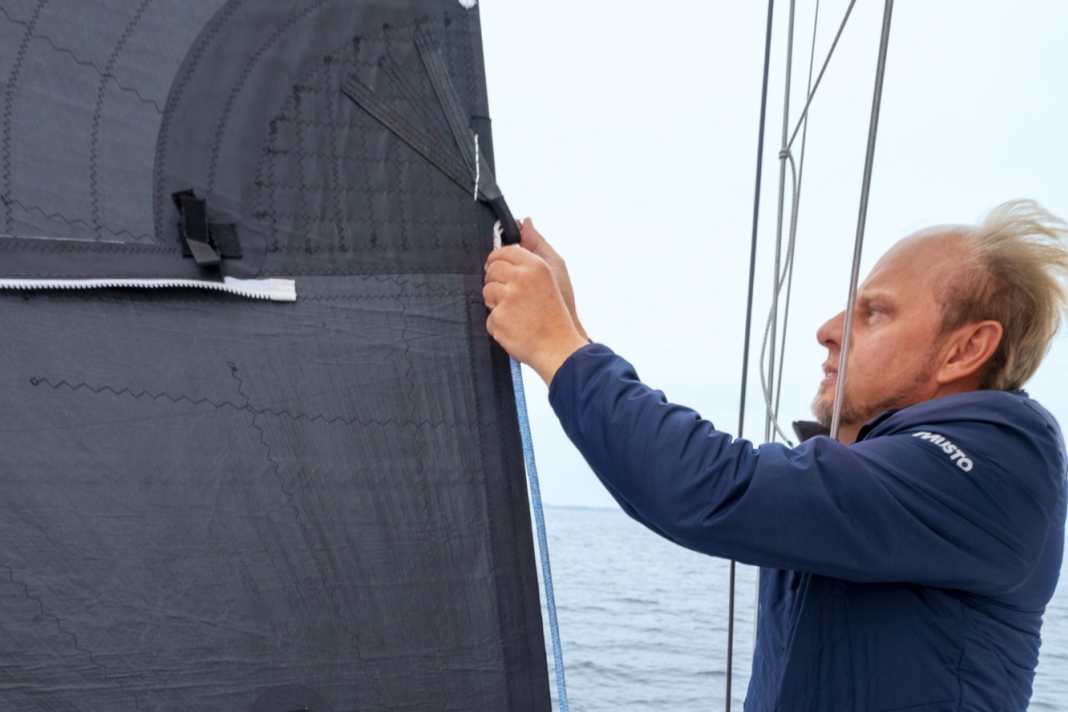





For this purpose, a downhaul line is rigged on the bow fitting, which runs through a block or thimble on the upper eye of the neck and is deflected from there back to the bow fitting and further into the cockpit to a stopper. This results in a two-to-one transmission, which reduces the force required.
To reef, the free windward sheet is attached to the upper clew and led through the current hoisting point to leeward to the winch. Now lower the jib briefly so that it is covered by the mainsail and is no longer under pressure, furl the halyard and at the same time tighten the downhaul until the reefing tack sits on the bow fitting. Then pull the new sheet through so that the sail can no longer kill. Now all that remains to be done is to release the tack shackle so that the excess foot can be rolled up.
The trick is the zip fasteners. You fold over the lower leech and thread the zip. You then work your way aft along the lower leech and close the zip. At the end, the zip is secured with a small Velcro flap and the manoeuvre is complete. The now unused sheet can also be attached to the reef clew and threaded as a new windward sheet. Sounds complicated, but in practice it is a procedure that is quickly learnt. The position of the reefing clew is chosen so that the hoisting point practically does not need to be changed. The roll of cloth on the lower leech is hardly noticeable and does not interfere with the aerodynamics or handling of the sail.
Reunion: Back to full size
Reefing out is done in reverse order and is easier, especially as the conditions on the foreship generally become more pleasant as the wind drops. If you can't pass the two sheets through the hoist point at the same time or don't have a winch free, you should tack or jibe after attaching the windward sheet to the reefing clew. Even if the sail is recovered for reefing, it is much easier to re-rig the sheets and the tack than to change the sail completely.
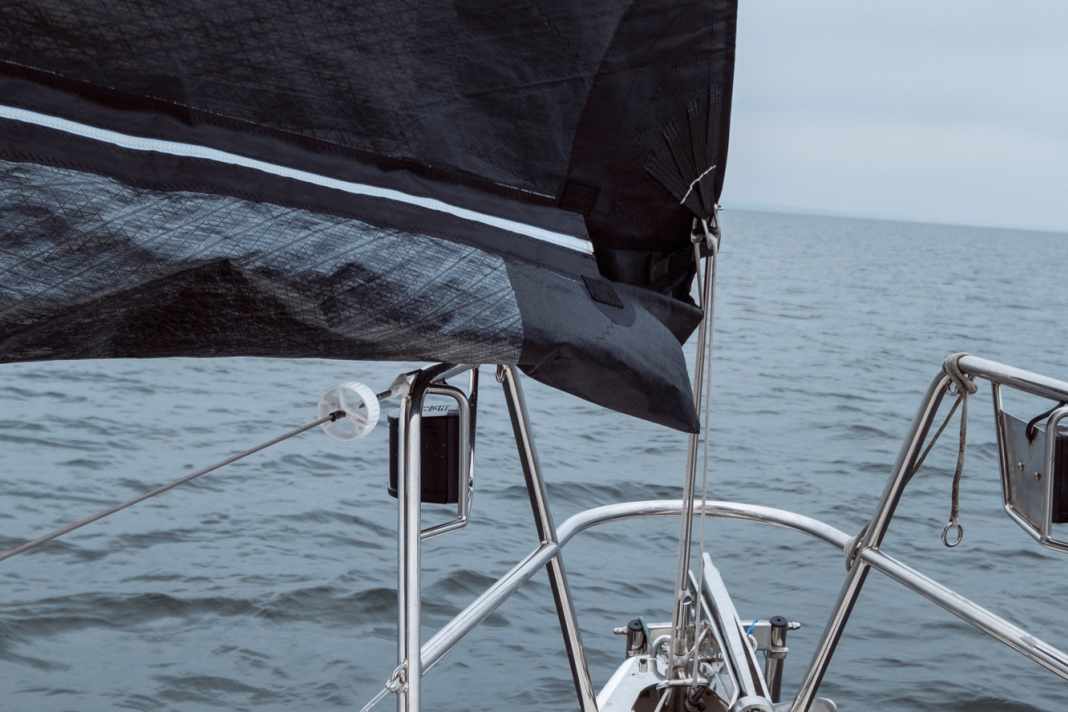





You have to calculate an extra ten per cent for the additional equipment, which is not a lot of money compared to buying another sail. It is possible to retrofit existing sails, but the effort and costs depend on the type and material of the sail and cannot be quantified in general terms.
Based on our experience on around 1500 partly windy nautical miles last summer, the reefing option is a good solution that significantly extends the wind range. The sail is optimised when reefed in and out, is easy to handle with a small crew and is noticeably more effective than a furling genoa.
Large or small: always optimum propulsion
Unreefed sails
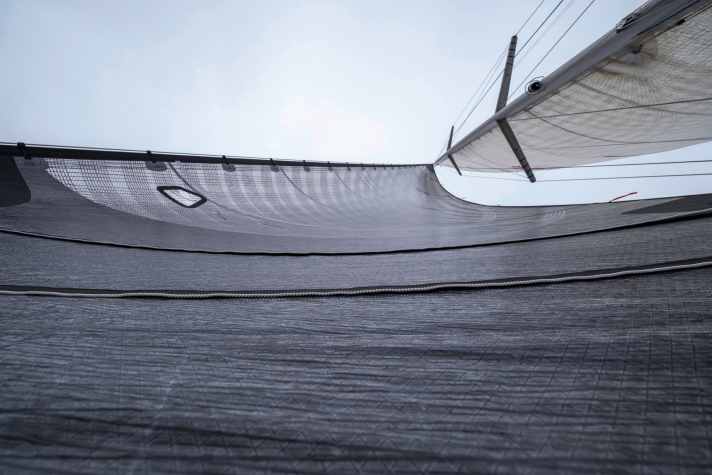
Thanks to the top batten, the leech can be rounded out, which promotes efficiency and provides more propulsion even in light conditions
Reefed sails
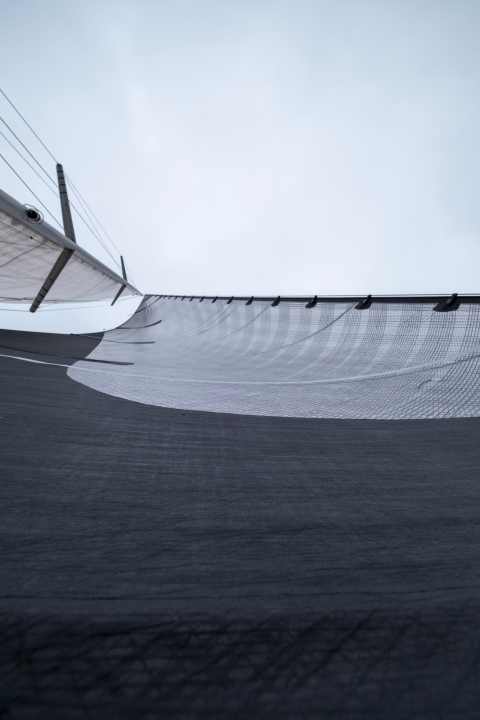
Clean inflow without cloth bulge, and the profile of the sail is optimised. Depth and position are adjusted with the halyard tension
Proven details
Textile support rider
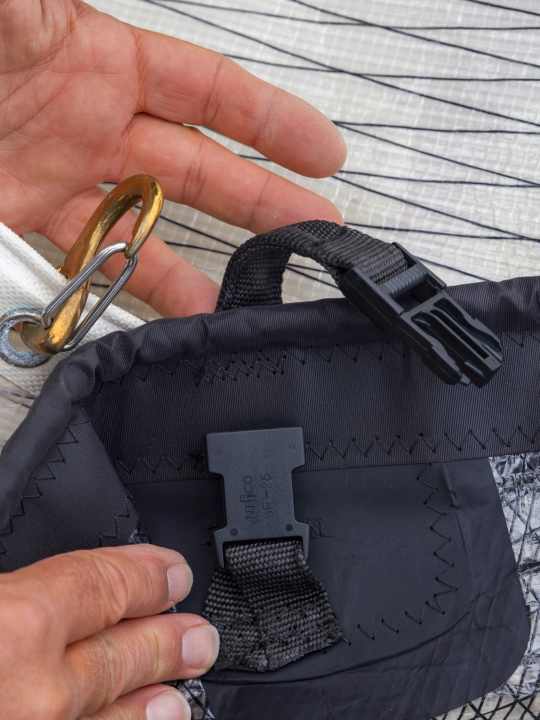
Dyneema straps with clips have proved their worth, they are very easy to use and glide well on the rod
Soft clew
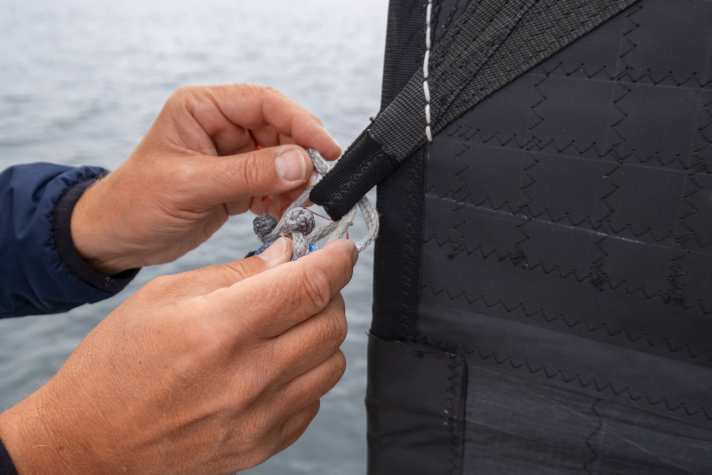
Both clew horns are made of webbing, which is particularly important for the reefing horn to minimise interference and flapping
Neck leash
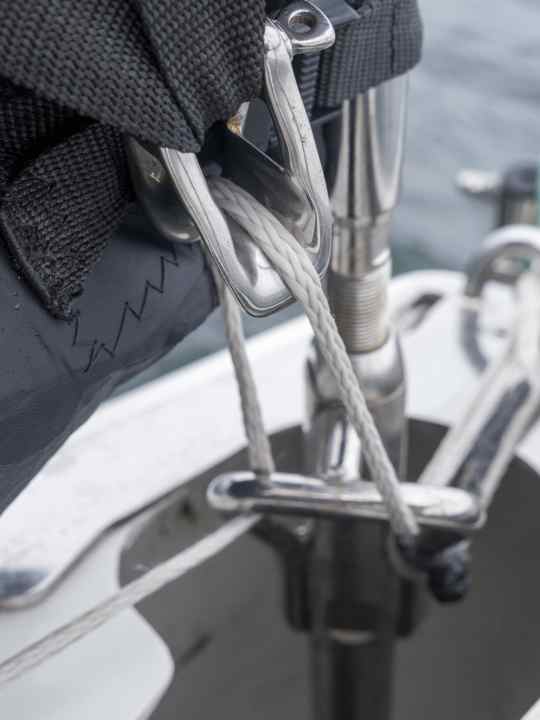
With a downhaul running through the reefing eye at the throat, the sail does not have to be recovered completely

